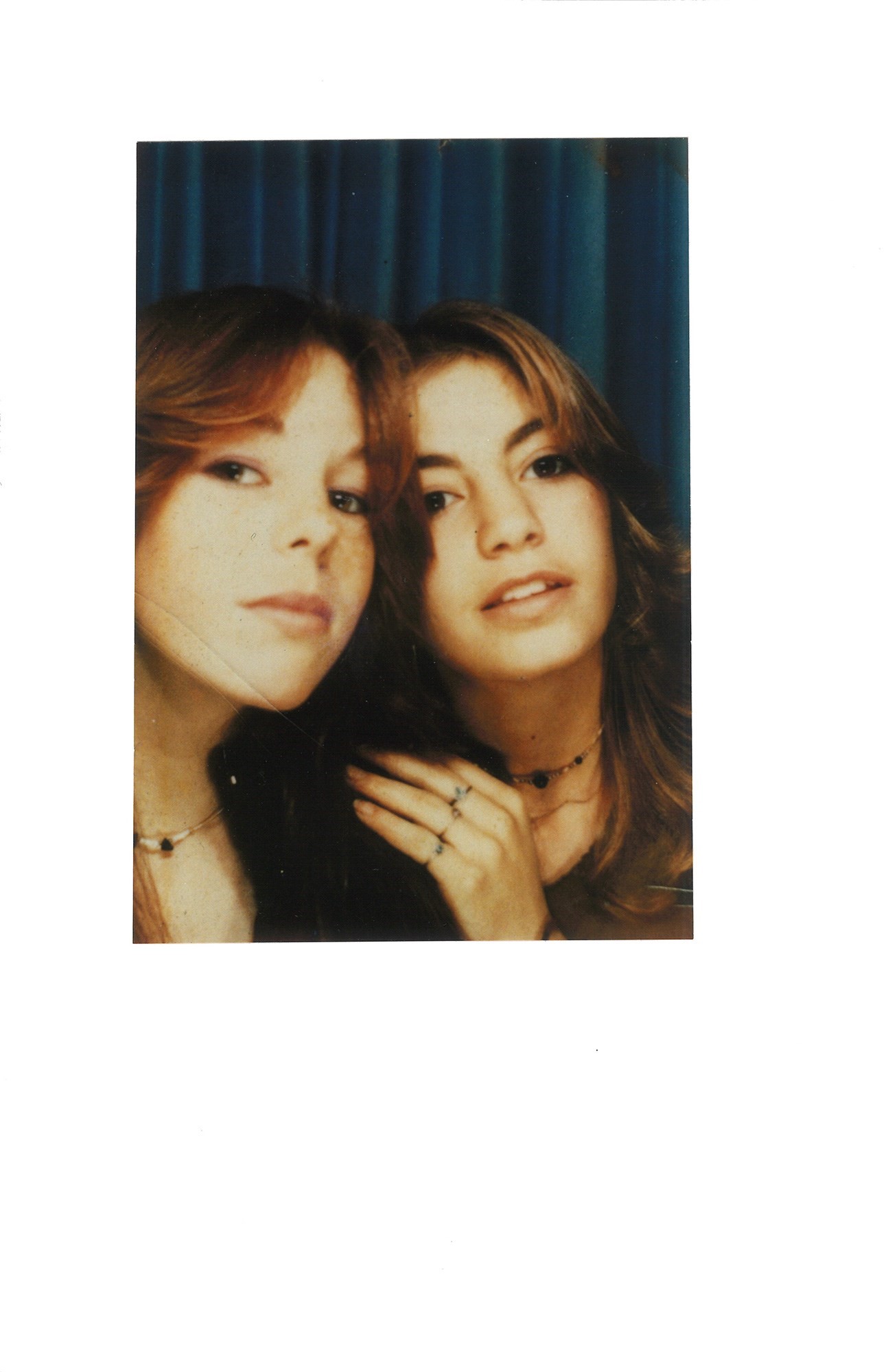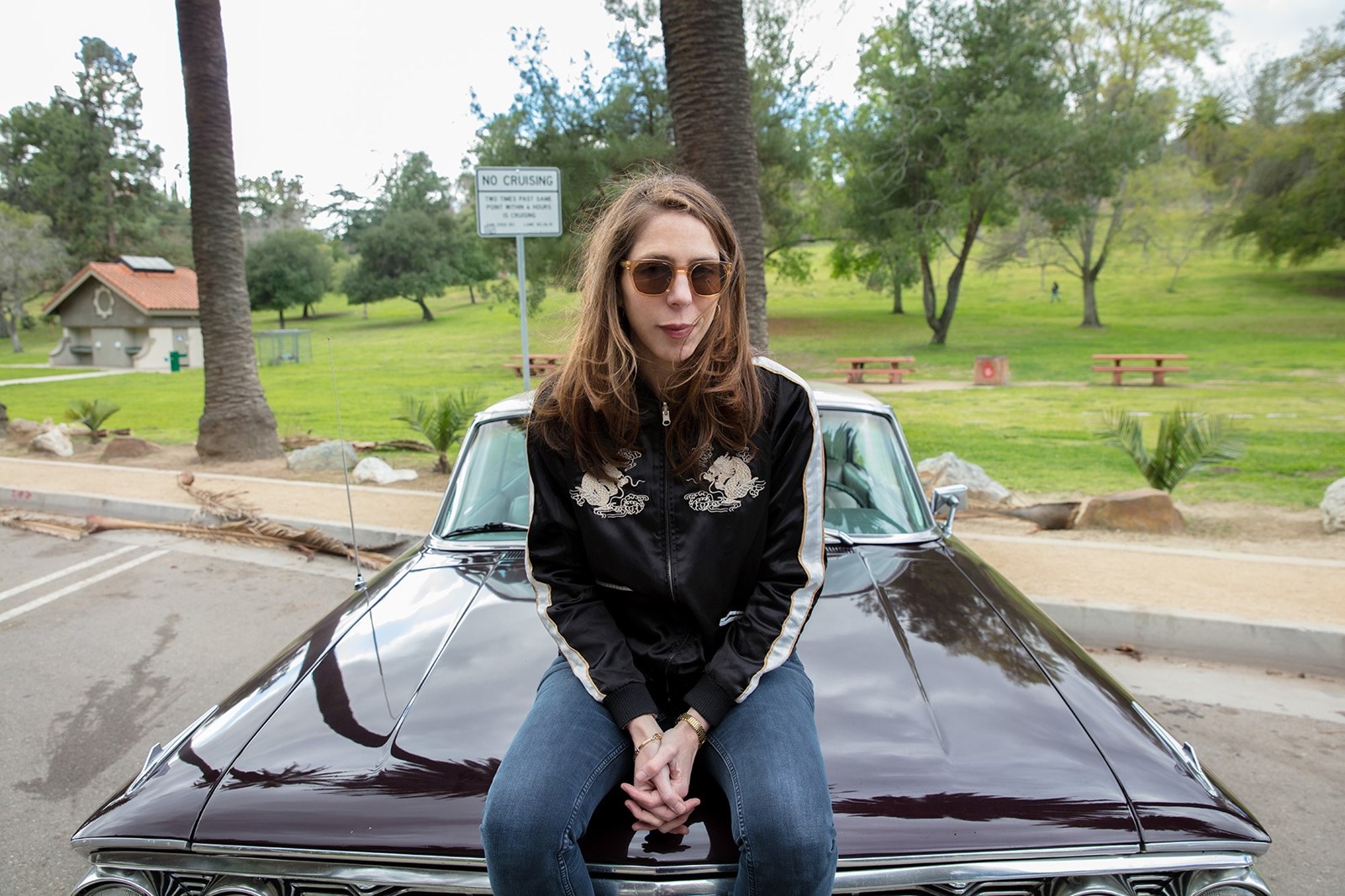The Hard Crowd opens with a crash – or at least, the story of one. Rachel Kushner is speeding down the Baja Peninsula in Mexico at 140mph on her Kawasaki Ninja 600 motorcycle when she loses control and, with it, her place in the famous Baja 1000 bike race. Kushner somehow lives to tell us the tale – one that sets the tone for the rest of her essay collection, which shows us what can be gleaned from (as the collection’s tagline puts it) choosing to live “fast and free”. Whether she’s writing about working in San Francisco’s drug-fuelled dive bars and music venues or getting stranded at a truck stop in Nebraska, Kushner is hard boiled yet keenly present. Like any roadside accident, the book asks: do you want to look, or look away?
Bar the titular essay, recently published in The New Yorker and written specifically for the collection, the essays in The Hard Crowd are all republished, and might be recognisable to readers of Book Forum, Art Forum, and the New York Times Magazine (like Kushner’s profile of prison abolitionist Ruth Wilson Gilmore from 2019). Other essays might feel familiar to Kushner fans because they sit adjacent to her fiction. The motorbike crash, for instance, mirrors the experience of “Reno”, the protagonist of Kushner’s 2013 novel The Flamethrowers, which moves from the 70s New York art scene to a politically-tumultuous Italy. The pieces on downtown San Francisco or prisons help us better understand her 2018 Booker-shortlisted novel, The Mars Room, named after the strip club where Kushner’s protagonist Romy works before landing a double life sentence. The story pans from Romy to the other inmates at the Stanville Women’s Correctional Facility, characters with larger-than-life histories now living claustrophobically under a regime of casual violence. For those who are new to Kushner’s work, essays on figures like Jeff Koons, Denis Johnson and Clarice Lispector may pique your interest.
To mark the release of The Hard Crowd, I talked to Kushner about fiction versus nonfiction, her interest in prisons, and what the essays say about her as a writer.

Amelia Abraham: What made you decide to put together an essay collection, and why now?
Rachel Kushner: The idea came to me suddenly, right before the pandemic. I sat down and looked at the nonfiction I’ve written over the last 20 years and made a list of pieces that might work in a collection. Some were fun, like my interest in car culture, to how that manifests in terms of art, to writers that I’ve read and loved, to much more personal pieces, like the title essay with which the book concludes. That was the only truly new piece and it ended up being a way to account for my whole life in terms of the way I was shaped and how that informs my identity as a writer. The difference between retreating from the world as a way to synthesise it and make fiction and being somebody who is rooted firmly in the present tense.
It was figuring out that I didn’t want to group essays by subject matter that somehow made the idea real for me. Somehow grouping things by subject matter felt more arbitrary, like “here’s the writer on other writers” … Once I got the order of what would fit and the title I was running.
AA: How did you decide to assemble the essays instead?
RK: I started with this essay I wrote about an illegal motorcycle road race in Mexico that I participated in as a young person. It was the first thing I ever published but it also gives an account of what my life was like before I became a writer and I feel like it has something to do with who I am. So I wanted the collection to begin with that as an opening volley. I chose for the second essay this piece about the time I spent in a refugee camp in Palestine, technically within Israel’s borders. The opening scene of that was a 12-year-old kid driving a car. It seems the gesture is tonally shifting from me reflecting on an experience in which I was a young bohemian who wasn’t really doing anything else with her life except living and breathing and working on riding motorcycles, to a time when I was a pretty experienced writer who had chosen to immerse myself in a world I didn’t know much about. The only skill required was to be attentive and open, to look carefully without judgement and record for the reader what I experienced in a place that perhaps none of my readers would have been to. A camp like Shu’fat, where 85k people live in one square kilometre. It was a different version of me to the person who rode a Kawasaki Ninja down the length of Baja Mexico, but it was the same person who wanted to be alive to experience and share that experience with the reader.
From there, each piece comes from the concluding resonance of the essay before and picks it up almost like hot coal from a fire. I didn’t include everything I’ve published, maybe a quarter of the longer, republishable pieces. Not everything I’ve written I think deserves to be in a book [laughs]. But in this case, it wasn’t that I chose the best pieces but the pieces I felt fit the stream, the frequency of the book.
“The only skill required was to be attentive and open, to look carefully without judgement and record for the reader what I experienced in a place that perhaps none of my readers would have been to” – Rachel Kushner
AA: How was writing nonfiction different to writing fiction, for you?
RK: Fiction is a different thing, for me, for everybody probably. It is harder. With nonfiction you know you’re going to write the piece, and work out an angle, you have thoughts and opinions about the world and you corral them into a shape. The process with fiction is more inchoate. You don’t know where it’s going to go, if you do know then what you produce is going to feel a bit dead. It has to be both inevitable and surprising – as the cliche goes, in terms of what that narrative can take you.
AA: I know that you spend around five years writing each of your novels. How much of that time do you spend writing and how much do you spend researching?
RK: I wanted to go faster, not because I’m in a rush to put novels in the world but because I wonder if the velocity would change the experience. You read about the so-called Elena Ferrante writing 100 pages in a stretch and not looking back. The fever of that fictional clarity? I’d love to have that experience. I don’t know if I ever will. I don’t think it’s something you can hope for yourself. Maybe I have it on rare and special occasions. And those rare and special occasions link together into a chain that culminates in the accretion of a novel – that’s how it works. Many days you’re sitting there not feeling like you’ve spiked a vein or like you’re in the roll and the trance of it. For me, the trance of fiction is an all-encompassing space to inhabit. But it doesn’t happen every day or really very often. The daily worth of being there is what novel writing is all about.
With research, I try to write about things that are in conversation, thematically and world-wise, with what I’m interested in generally. I’d never call what I do “research”. It feels very stiff, finding out about a body of knowledge in order to put it in a book ... it’s more like I’m interested in motorcycles and then I see traces of the artist Michael Heizer riding a motorcycle on a dry lake bed in the 70s and I think ‘oh this is something somebody would have done as performance art in 1977 therefore my narrator who is from a background where people ride bikes – like I am – can also use that experience to explore the milieu of the art world in New York City in 1977 … ’ So it kind of goes like that.

AA: One of my favourite essays in The Hard Crowd is about prison abolition. The Mars Room is set in a prison. When did you become interested in this topic?
RK: It might sound blithe but I wanted to write a contemporary novel, which I had not done. I had to ask myself what is contemporary and, to me, as a Californian, there was nothing else that seemed as contemporary as writing about the role that prisons and jails play in the lives of people in California, especially poor people. And the roles they don’t play in the lives of middle-class people. And how the whole system by design is rendered invisible to those who prefer not to think about it. And who would prefer not to, frankly ... but once you start to see this net that’s laid out over the state you can’t unsee it.
In the spring of 2014, I went with a criminology professor I knew, and his students, on a tour of almost every state prison in California over 10 days. It had taken years of persuading the professor because prisons are basically closed to the media and he did not want to jeopardise his relationship with the prison wardens by bringing a writer. What I didn’t understand about the tour was it was basically a job fair for students in criminology to look into having a career working for the prison system. Because of that, we were spoken to as though we were their own kind. I was able to see a lot on that tour that is unusual in terms of access, I was allowed to walk around maximum security prison yards, talk to people on those yards, and go into cells. There I met someone who was serving life, a contract killer who had been on the police force. I probably only spent 10 minutes with him but he started bragging about people he killed that he was never convicted of killing ... I was looking at the pictures of his Harley Davidsons, a cutting from a plant in a jar that was very delicately trying to thrive, a little lizard that he had in a box, how tidy and neat everything was, yet how stifling. This was his horizon line. This human being. I felt it go into my skin, basically. When I was done with that tour I felt like I needed to find a way to exorcise a lot of what I picked up. So that character Doc in The Mars Room was inspired by this guy. They don’t have the same biographical sketch, nor would I write a thinly veiled version of a real person, but he gave me enough to write this character. A kind of dream that was spawned by this odd, potent, brief interaction that I had with a real person.
In terms of prison abolition, fiction for me has a special place in terms of hopefully providing the stakes of moral complexity and asking myself hard questions and thinking into the answers in the way I have ventriloquised this array of characters in the book. I offered no solutions. As Ruth Wilson Gilmore says, at the end of the day, it’s very complex, there are many different factors that might account for the world-historic prison building project that this state embarked on over the years.
“I’m a person who feels most herself when fully immersed in the world and in order to understand myself I look at things that don’t have anything to do with me“ – Rachel Kushner
AA: To come back to The Hard Crowd, you’ve said that it’s about who you are as a writer – what do you think it ultimately says?
RK: Well, I have sort of recently crudely divided the world into two kinds of writers. One could maybe argue that there are writers who face inwards, filtering the world through their own emotions and very attuned to themselves and writing psychological narratives using the strength of their own self-knowledge to investigate the world. Then there are other writers who face outwards, who look out to the world, to find the purpose and meaning of their own life and to feel their own vitality, to know that they exist. They are focused on understanding other people. I am of the second category, and I think that this explains the novels I’ve written. I’m a person who feels most herself when fully immersed in the world and in order to understand myself I look at things that don’t have anything to do with me.
AA: You’re working on two novels right now – can you share any details?
RK: Other people have these superstitions about not talking about their future projects and I don’t have those superstitions, but I am superstitious about the fact that they have them! Nonetheless, I guess I would say I’m interested in getting to the root of this “human thing”, so I’m going way back … 45,000 years.
AA: I really wasn’t expecting you to say that …
RK: You gotta keep people guessing! The other one is fiction about a real person, who I don’t want to name, set in San Francisco and Ukiah, and it gives me the opportunity to think about the American sermon, which is our original literature here in the US. But it will be sexier than that sounds, I promise.
The Hard Crowd by Rachel Kushner is out now.
